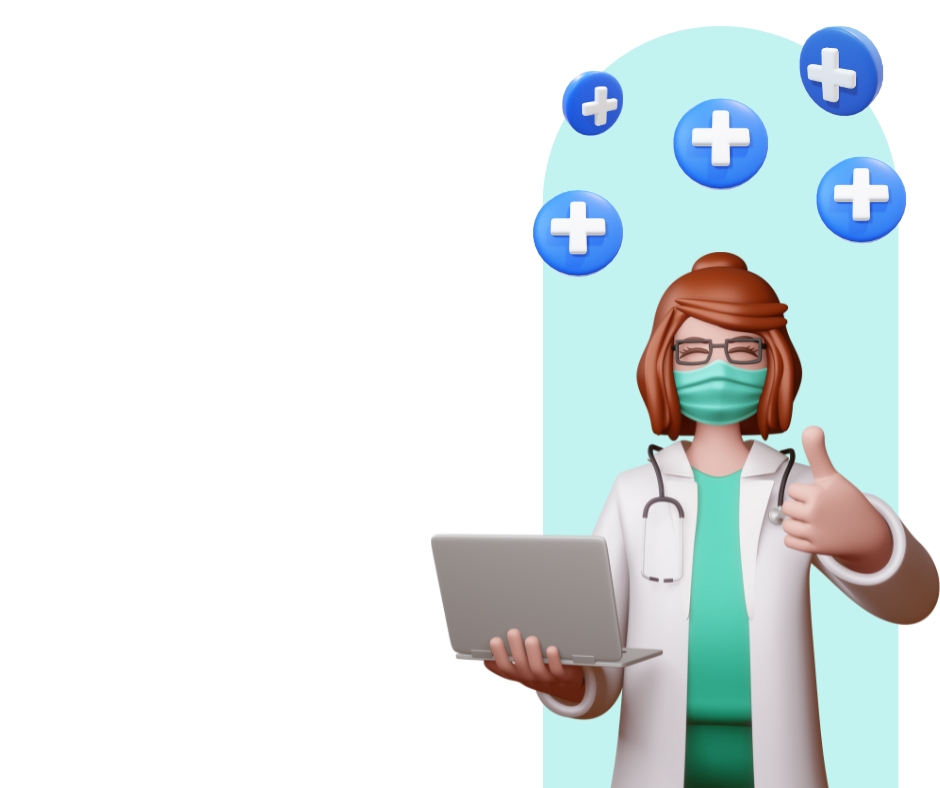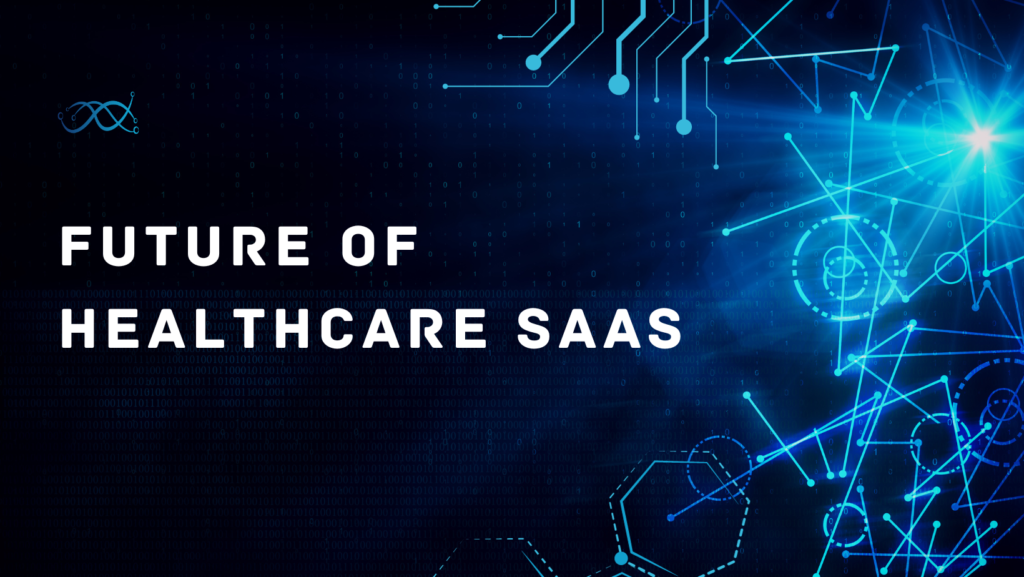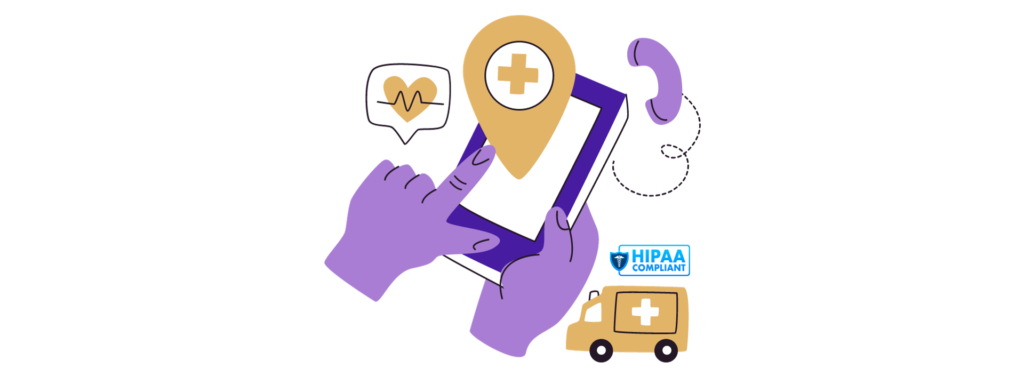Healthcare practice management encompasses an array of activities that ensure the smooth operation of a medical office. From managing patient flow to handling billing processes, these tasks are crucial to a healthcare provider’s success and the quality of patient care.
Software-as-a-Service (SaaS) platforms offer an innovative approach to streamlining these functions, but adopting such technologies involves a nuanced approach. This article examines how SaaS can optimize healthcare workflows, patient management, inventory control, and medical billing, while addressing the challenges and trade-offs of its implementation.

Healthcare Workflow Optimization
One of the primary advantages of utilizing SaaS for healthcare is the significant optimization of clinical and administrative workflows. SaaS solutions allow for the integration of patient scheduling, electronic health records (EHR), and healthcare provider communication into a single, streamlined system. This integration can lead to reduced waiting times, more efficient patient care, and less administrative burden on staff.
However, these benefits come with the need for careful planning and customization. The one-size-fits-all approach rarely works in the complex healthcare environment. Practices must ensure that SaaS solutions are tailored to their specific workflow needs, which can sometimes require additional resources and staff training.
Patient Management Tools
SaaS platforms often provide robust patient management tools that enhance the patient experience and improve clinical outcomes. These tools may include patient portals, telemedicine capabilities, and personalized patient communication methods. Such features empower patients to take an active role in their healthcare by providing them access to their medical history, appointment scheduling, and direct communication with their healthcare providers.
Adopting these tools can demand a cultural shift within a practice and requires patients to be comfortable with digital interactions. Not all patients may be ready or able to engage with technology-based healthcare services, requiring the practice to maintain traditional communication methods alongside the SaaS features.
Healthcare Inventory Management

Efficient management of medical inventory is crucial for healthcare practices to ensure that they have the necessary supplies on hand without incurring excessive costs through overstocking. SaaS tools can automate inventory tracking, provide real-time updates on stock levels, and even assist in predicting future needs based on historical data. This leads to cost savings and ensures that critical supplies are always available.
Nonetheless, inventory management systems must be configured correctly to reflect the unique demand patterns of a healthcare practice. Mismanagement can result in stock outs or wastage, both of which have direct implications on patient care and the practice’s bottom line.
Medical Billing Software
SaaS-based medical billing software can simplify and expedite the billing process. These solutions can handle claim submissions, track the status of payments, and flag issues that may lead to denials or delays. By automating many of the billing tasks, healthcare practices can reduce errors, improve cash flow, and free up staff to focus on patient care.
The adoption of medical billing software does require an up-front investment in both money and time. Staff must be trained on the new system, and there may be a period of adjustment as the software is integrated into the practice’s operations. Moreover, the practice must ensure that the software remains up-to-date with the constantly changing billing regulations and insurance requirements.
Trade-offs and Challenges
The trade-offs involved in integrating SaaS into healthcare practice management touch on several areas, including cost, complexity, and the need for continuous adaptation. While the return on investment can be substantial, the initial outlay and ongoing costs must be carefully considered against the benefits gained.
One of the most significant challenges lies in the integration of new SaaS solutions with existing systems. Incompatibilities can lead to fragmented workflows and data silos, negating the very benefits that SaaS seeks to provide. Another concern is data security, particularly when sensitive patient information is stored and managed in the cloud.
When making decisions about streamlining healthcare practice management with SaaS, it is crucial to consider the impact on all stakeholders. This includes not only the financial implications for the practice but also the potential effects on patient satisfaction, staff workload, and the overall quality of care delivered.
Streamlining healthcare practice management with SaaS offers the potential to revolutionize how healthcare providers operate. While the advantages of adopting SaaS solutions are many, it is essential to approach integration thoughtfully, weighing the benefits against the potential challenges and trade-offs. By doing so, healthcare practices can harness the power of SaaS to enhance efficiency, improve patient care, and ultimately foster a more robust healthcare system.




Pingback: Top 10 Best Medical Billing Software Of 2024 - HealthSaaSPro
Pingback: List of Medical Billing Software in US - HealthSaaSPro